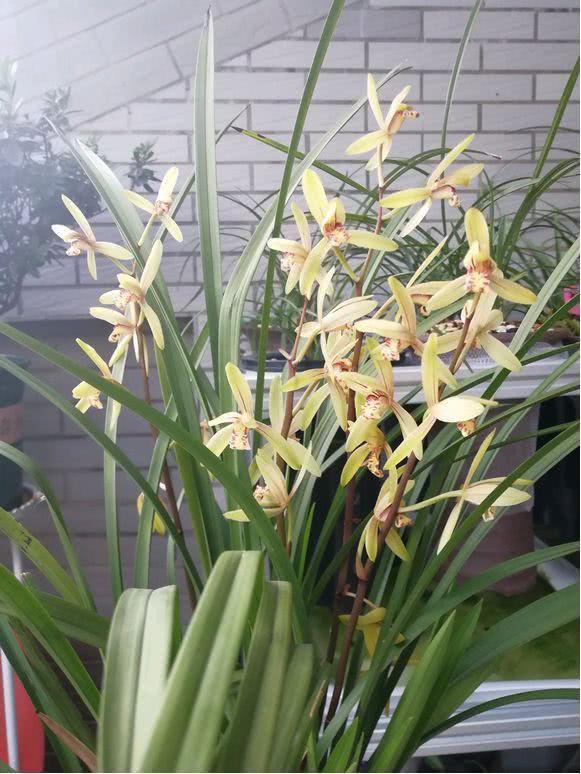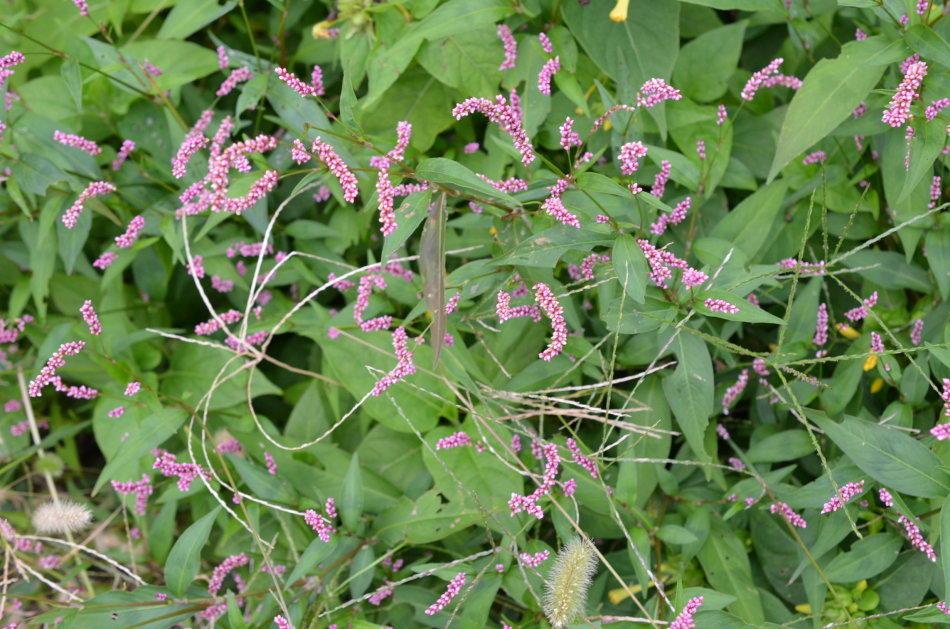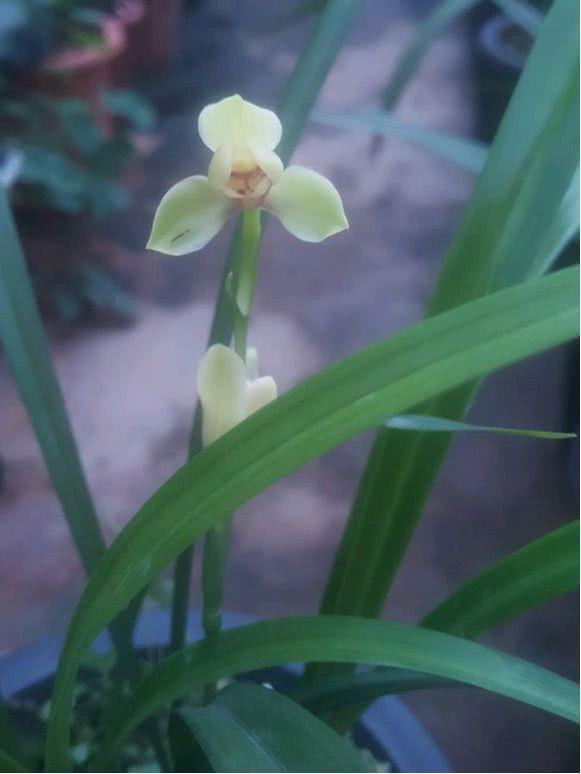We should pay attention to these things when fertilizing orchids.

Fertilizing orchids is a common problem for flower friends. Originally just good intentions, afraid that the orchid nutrition is not enough, from time to time to supplement its nutrition, but sometimes did not achieve the desired results. After fertilizing, the leaves of orchids did not turn green or thickened, nor did they see buds emerge. How is this going on?
First of all, there is the question of the concentration of fertilization. how on earth should we grasp the concentration of fertilizer? Some people think that the more fertilizer is applied, the harder it is, the better it will be for orchids and the more flowers will bloom. It must be stated that this is a great misunderstanding, especially for orchids. In fact, most of the principles of plant fertilization are to apply thin fertilizer frequently, and orchids are even more so.
The average concentration of fertilizer for orchids is half that of other plants of the same size, and in terms of frequency, my advice is that the interval is also longer than that of ordinary plants. I suggest that the frequency of fertilization should be at least more than 20 days. For beginners who do not master well, apply it once every 30 days, preferring less than more.
If you don't fertilize it, it won't grow beautiful leaf fertilizer at most, but if you don't fertilize it well, it may just die! Especially in summer, fertilization should be more cautious. High temperature + thick fertilizer, it is easy to burn out the root system, but even the most basic function of absorbing water can not be guaranteed.
In addition, it should be noted that frequent replacement of a variety of unused fertilizers is also not good, can be replaced, but do not change frequently. If different kinds of fertilizers are changed, I suggest that the interval of fertilization should be more than 30 days. Otherwise, the residue of the last fertilization is still there, and the next time another fertilizer is changed, it is easy to produce adverse reactions, and the root system is unable to adapt.
In fact, the most basic way to fertilize the orchid is to change the soil, which can basically maintain the frequency of changing soil once a year. The nutrients in the soil are the most natural nutrients, and there is no root burning problem caused by excessive concentration. Mud is humus soil with a lot of humus, which is often called orchid mud. It would be better if you can add some perlite or vermiculite to increase air permeability.
- Prev

A weed by the water that is hotter than chili peppers can be used to catch soft-shelled turtles or to make wine.
As we all know, there are a variety of weeds in the rural areas of our country, and in the past when medicine was underdeveloped, weeds became the representative of curing all kinds of diseases. Up to now, many rural areas will pick weeds to treat diseases. And now medicine is developed.
- Next

Although orchids are beautiful, they are not easy to raise.
There are many varieties of orchids, and it is said that there are more than 20,000 varieties! What's more, orchids bloom in a variety of colors and shapes, so orchids have been flourishing in the international flower market. ...
Related
- Wuhan Hospital Iron Tree Blooming Result Was Instantly Frightened by the Gardener Master
- Which variety of camellia is the most fragrant and best? Which one do you like best?
- What is the small blue coat, the breeding methods and matters needing attention of the succulent plant
- Dormancy time and maintenance management of succulent plants during dormancy
- Minas succulent how to raise, Minas succulent plant pictures
- What are the varieties of winter succulent plants
- How to raise succulent plants in twelve rolls? let's take a look at some experience of breeding twelve rolls.
- Attention should be paid to water control for succulent plants during dormant period (winter and summer)
- Watering experience of twelve rolls of succulent plants
- Techniques for fertilizing succulent plants. An article will let you know how to fertilize succulent plants.

